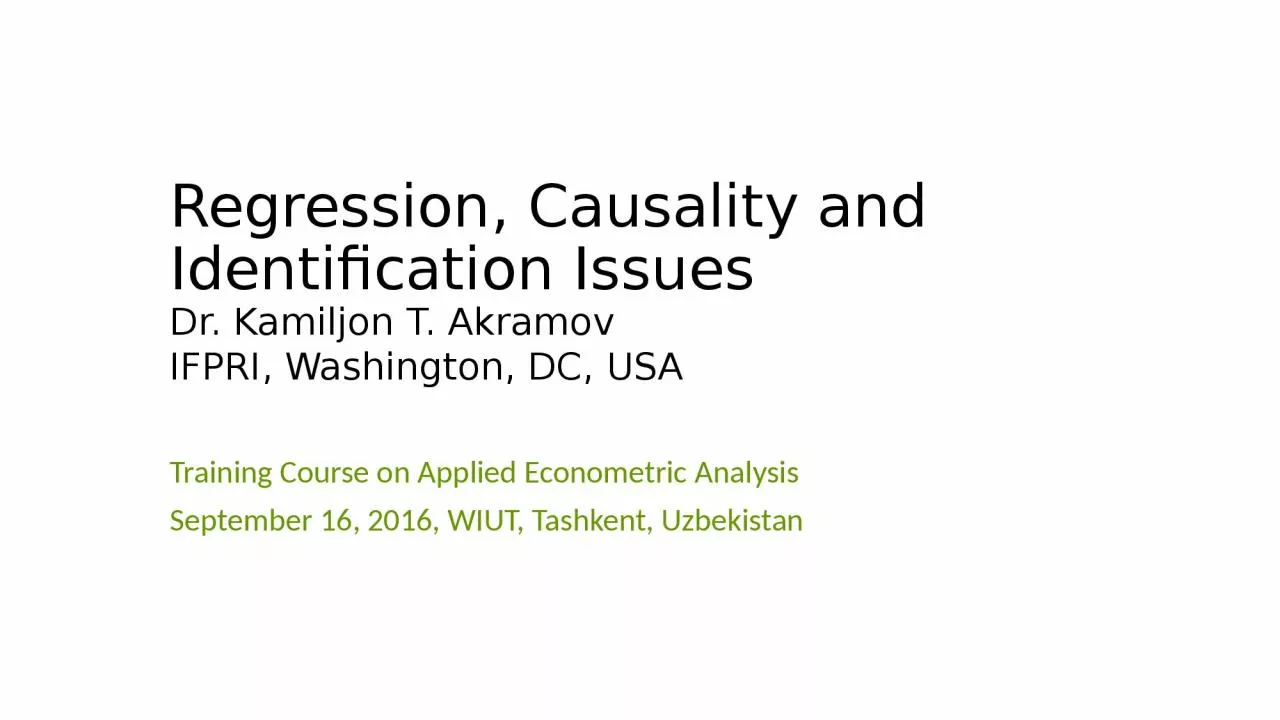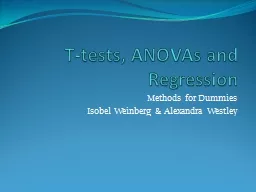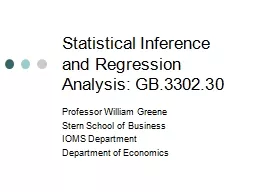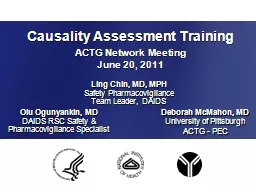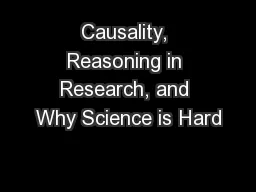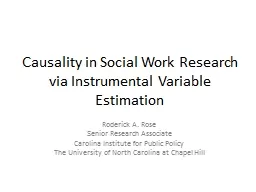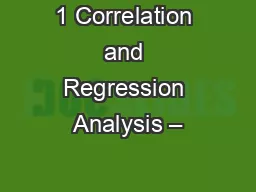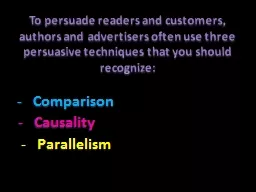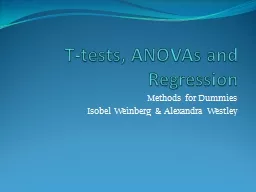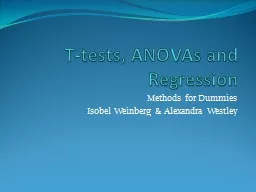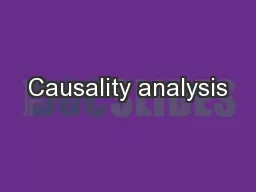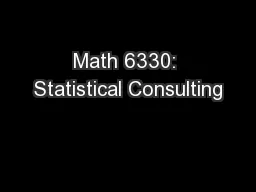PPT-Regression, Causality and Identification Issues
Author : caitlin | Published Date : 2023-10-31
Dr Kamiljon T Akramov IFPRI Washington DC USA Training Course on Applied Econometric Analysis September 16 2016 WIUT Tashkent Uzbekistan Motivation While purely
Presentation Embed Code
Download Presentation
Download Presentation The PPT/PDF document "Regression, Causality and Identification..." is the property of its rightful owner. Permission is granted to download and print the materials on this website for personal, non-commercial use only, and to display it on your personal computer provided you do not modify the materials and that you retain all copyright notices contained in the materials. By downloading content from our website, you accept the terms of this agreement.
Regression, Causality and Identification Issues: Transcript
Download Rules Of Document
"Regression, Causality and Identification Issues"The content belongs to its owner. You may download and print it for personal use, without modification, and keep all copyright notices. By downloading, you agree to these terms.
Related Documents

